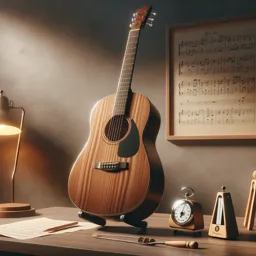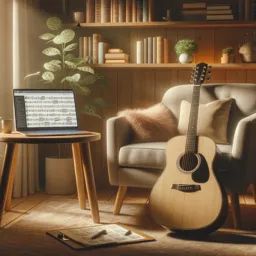The Importance of Expressive Phrasing in Classical Guitar
Classical guitar is renowned for its lyrical beauty and emotional depth. While mastering advanced technique is crucial, equally essential is the ability to communicate musical ideas expressively. Expressive phrasing is what breathes life into the notes, transforming technical execution into captivating performance.
What Is Expressive Phrasing?
Expressive phrasing refers to the way a musician shapes a musical line, highlighting its emotional character and narrative. This involves subtle control over dynamics, articulation, tempo, and tone color. In classical guitar, these nuances are created by combining left and right hand techniques thoughtfully.
Techniques for Greater Expressiveness
- Dynamic Shaping: Practice playing phrases with gentle crescendos and decrescendos. Allow the melody to grow and recede naturally.
- Rubato and Timing: Experiment with slight rhythmic flexibility, stretching or compressing time for dramatic effect.
- Vibrato: Develop a controlled left-hand vibrato to enrich sustained notes, particularly on emotional peaks.
- Articulation: Use legato, staccato, and varied attack to clarify phrasing or accentuate certain motifs.
- Tone Color: Alter your right hand position to explore different timbres, such as playing near the bridge (ponticello) for a brighter, sharper sound or over the soundhole (dolce) for a rounder tone.
Practice Strategies
- Analyze the Score: Mark phrase boundaries and dynamic changes. Visualizing the shape of the music helps guide interpretation.
- Record Yourself: Listen critically to your phrasing and dynamics. Notice areas where your ideas come through and places that feel flat.
- Isolate and Experiment: Take short sections and play them with exaggerated phrasing. Seek feedback from teachers or peers.
- Listen to Masters: Study the performances of great classical guitarists like Julian Bream or Ana Vidović. Notice how their phrasing influences the overall mood.
Conclusion
Technical mastery unlocks the door to advanced classical guitar, but it’s expressive phrasing that leads to true artistry. Dedicate part of every practice session to this crucial element, and watch your performances transform from technically proficient to emotionally resonant.

























